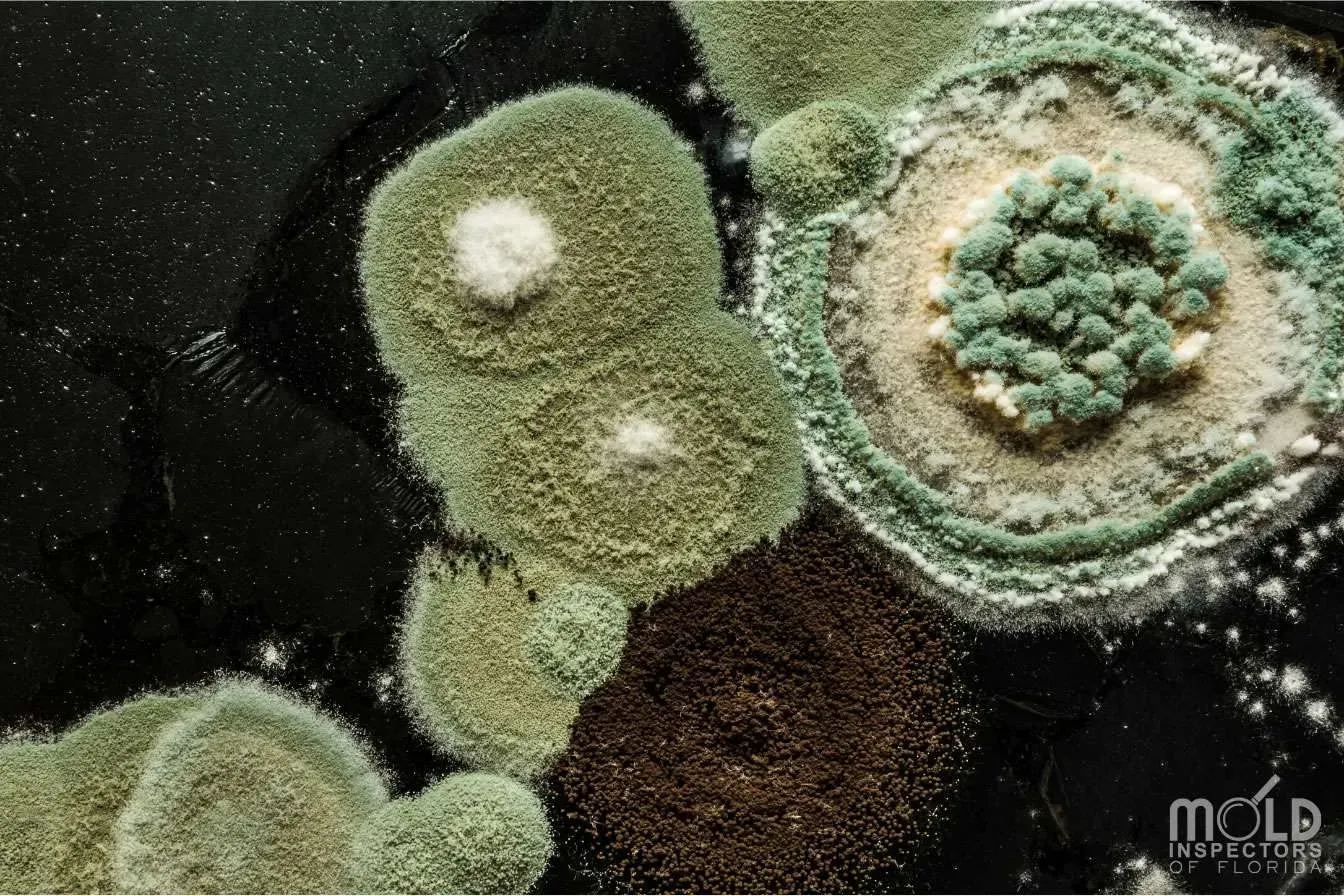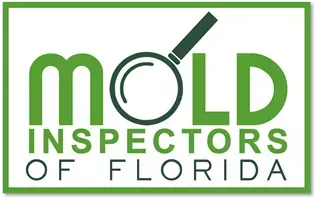What Is Mold and Is It Affecting You?

Do you truly know what mold is and do you know if it is affecting you? Let’s take a look at mold’s definition. We’ll discuss how this could possibly be affecting you and your health.
The word ‘mold’ is a layman term for fungi. While fungi come in hundreds of thousands of forms and species, the word ‘mold’ is a blanket term used to cover them all. While most uses of the word ‘mold’ or ‘fungi’ are unwanted invasions (i.e., mushrooms, athletes’ foot, toxic mold, water damage, etc.), there are plenty of benefits of having fungi around. Penicillin’s, blue cheese and yeasts to make wine and beer, all require fungi to create these treasured products.
Mold requires moisture to grow. When moisture is present, and mold begins to spread from the spores, it is called active mold growth. When conditions are dry and not conducive for mold to grow, the spores are still present but dormant. Mold spores are the equivalent to roots in other environmental species, fungi, by definition, do not have roots. The spores in which mold grows and spreads can travel via air or attached to objects or clothing. For instance, outdoors molds may become invaded on indoor surfaces, such as drywalls, by way of clothing or pets that walked through a molded area outdoors and retreated inside the home. However, outdoor molds, such as mushrooms, do not naturally occur indoors, the spores that grow species of molds vary per the surface they inhabit. With knowledge, you can deduce that mold spores on bathroom tiles differ from those in your air filters. Both species, however, should be tested and treated professionally to assist in limiting mold exposure to people or buildings. The presence of mold in buildings can affect the health of those in the building, as well as the structural integrity of the house or building itself.
With the ability to grow on a plethora of surfaces, mold can become an invasion in virtually any room in your home or office building. Typical bathroom mold can be easily noticeable on tile and grout. However, mold that grows hidden in the air ducts, the subflooring, or inside the drywall tends to go unnoticed until other building issues or health issues arise.
Mold is all around us. It is when active mold growth invades our daily lives and affects our health that we begin to take notice and become concerned. Building and housing mold are attributed to a plethora of health issues from asthma and allergy flare-ups, to neurological conditions originating from exposure to mycotoxins (toxic compounds released by molds). Due to these health risks and more, if you are concerned about active mold growth in having a professional mold inspector investigate is always the savvy choice. Depending on the severity, there could be potential health risks to tenants, employees or the inspector himself.
Asthma and Allergies
Each person has an individual tolerance to mold. The allergic reaction that occurs from mold exposure indoors depends on the severity of your allergic response to the fungus. And to treat this reaction depends on the medical diagnosis determining that mold indeed was the cause of the symptoms a person is experiencing.
Asthmatics or others with respiratory suppressant illnesses, Chronic Obstructive Pulmonary Disease (COPD), can exhibit more frequent and intense flare-ups when exposed to mold. For those individuals that do not suffer from chronic pulmonary illnesses, decipher if the symptoms of respiratory allergies suddenly appeared while being recently exposed to a damp or mold-infested building. If so, the individual should be evaluated by a medical professional for the possible medical diagnosis of mold-induced illness.
Mold spores can trigger symptoms that mimic other health issues, such as shortness of breath, couching, wheezing, red or itchy eyes, nasal congestion and more. However, through a process of elimination and examination of medical conditions and environmental changes, a medical professional can help decide of mold is the culprit on symptoms an individual is feeling.
Avoiding damp places is a top prevention tool for those that are hypersensitive to mold due to chronic respiratory conditions. As aforementioned, mold has a higher breeding rate among damp or moist locations. However, if exposure to such areas has not occurred and symptoms mimic those found in individuals exposed to mold growth, hiring a professional mold inspector is the next step. The inspector may find hidden mold and allergens that were unseen causing the health concerns in question.
Sick Building Syndrome
Sick Building Syndrome is a condition in which is thought to be linked to mold but cannot be definitively linked. The Environmental Protection Agency has defined SBS as an illness that multiple residents in a building experience. The symptoms are worse within the building and relieve when outside the building limits. However, no primary cause is determined.
A study conducted by the National Center for Biotechnology Information found that the number of individuals suffering from this condition has been on the rise and causing a significant occupational and residential hazard. The report also finds that these sufferers also state that their symptoms are relieved after leaving the building in which they first felt the onset of symptoms.
Residents and workers that inhabit a building and experience symptoms such as headache, fatigue, cold or flu-like symptoms, allergies or asthma symptoms, headaches, and more, maybe suffering from Sick Building Syndrome. However, a physician’s diagnosis is necessary to determine and to decide on the best treatment plan.
While mold cannot be determined to be a cause of Sick Building Syndrome, it is one of the possible contaminants that cause SBS. Air pollutants are one of the main factors that are believed to be primarily responsible for SBS. Outdoor pollutants such as vehicle exhaust, plumbing vents, radon, or dust are large outdoor contaminants that can enter through the air ventilation. While many other biological components, indoor and outdoor, can contribute to poor air quality, become trapped and grow in the ventilation systems, and possibly cause SBS. Mold is a contaminant that fits this description, but with proper inspection can be identified and professionally removed.
Should you find yourself feeling any of the above symptoms, consult a physician and contact a specified mold inspector. At MIOFL, we specialize in mold inspection on residential and commercial properties. Allow us to help your home become mold-free, so you can live in peace!
We love connecting with our community on social media! Check us out on Facebook, Instagram, and Twitter today!


